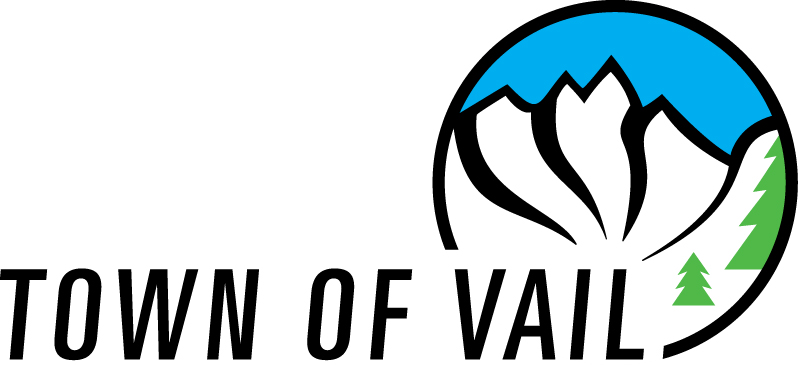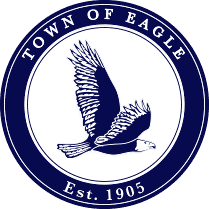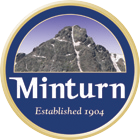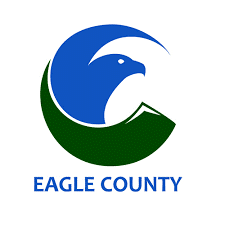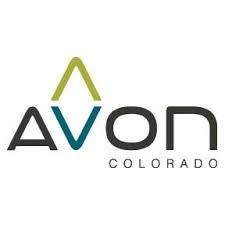I’m thrilled to share Core Transit’s first official 5-Year Strategic Plan — a milestone in our journey from a visionary idea, endorsed by Eagle County voters in 2022, to a fully operational organization with 110 dedicated team members serving our community with pride and purpose.
This Plan isn’t just a document. It’s our North Star — a guide to help us make smart, meaningful choices as we expand our services, allocate resources, and evolve to meet the needs of the people we serve. It also complements our Ten-Year Transit Development and Capital Plan, offering a practical framework for prioritizing what matters most.
Our progress is built on the steady foundation laid by Core Transit’s founding board. Starting nearly from scratch, they established a transparent decision-making model and an interim plan focused on a clear mission: deliver exceptional value, and do it quickly. That early work gave us the momentum we needed to begin delivering for the community right away.
When I came on board in 2023 as Core Transit’s first executive director, my focus was to build a strong team and bring that interim plan to life. And what a ride it’s been. Together, we introduced a new brand identity, transitioned transit operations from Eagle County, and launched a fare-free zone. And we didn’t stop there. We delivered double-digit ridership growth, boosted service frequency and reliability, and were recognized as Colorado’s Large Community Transit Agency of the Year. Through our support of the EGE Air Alliance’s Minimum Revenue Guarantee, we even helped Eagle County Airport soar to new heights.
The 5-Year Strategic Plan builds on that momentum. It reflects who we are, what we value, and how we aim to make every ride safe, seamless, and yes — even a little fun. It’s a tool for staying aligned as we enter our next chapter, and a promise to continue delivering a service that’s welcoming, accessible, dependable, and rewarding.
We’ve come far in a short time. But this is just the beginning. I invite you to roll with us.
Tanya Allen
Executive Director, Core Transit

